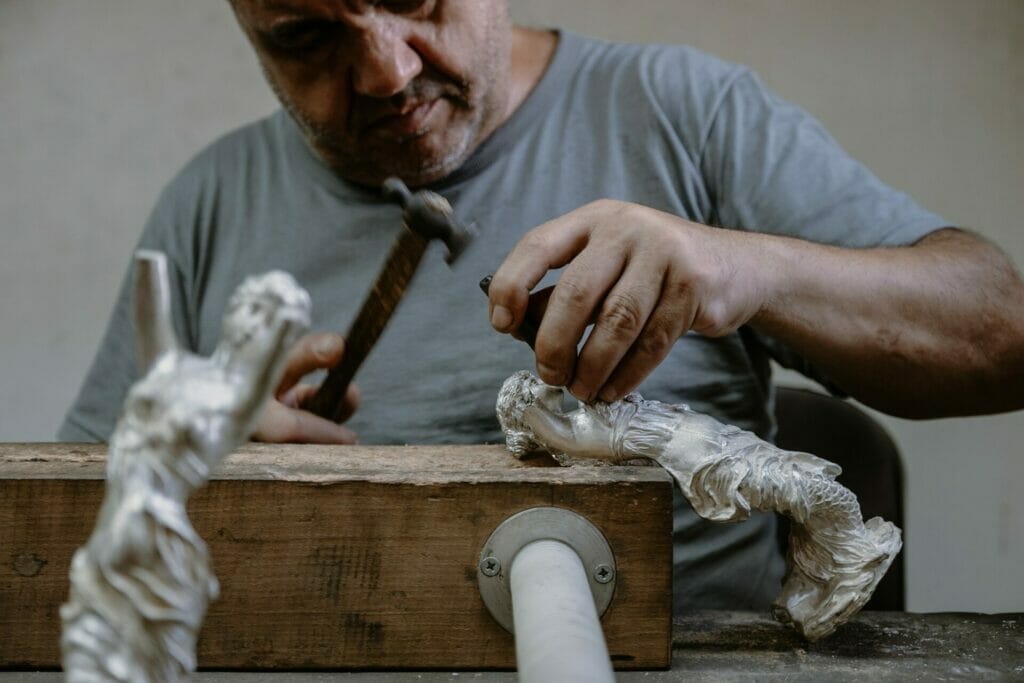Dive into the intricate world of pruning, understanding its significance, techniques, and the transformational impact it has on our beloved trees.
Introduction
Have you ever watched an artist with chisel and stone, gently chipping away, each strike revealing more of a masterpiece hidden within? Pruning is no different. It is the art and science of sculpting trees and plants, ensuring their optimal health and aesthetic appeal. Far from being a mere cut-and-chop affair, pruning is a delicate dance of knowing what, when, and how to cut.
Why Pruning Matters
At its core, pruning serves multiple purposes:
- Health: By removing diseased, dying, or dead branches, you prevent potential infestations and decay from affecting the entire tree.
- Growth: Proper pruning techniques can stimulate growth in areas of the tree, enhancing its overall vitality and structure.
- Aesthetics: Just as a sculptor shapes stone into art, pruning can shape trees to a desired visual appeal.
- Safety: Overgrown or dead branches pose risks—they can fall or become a haven for pests. Pruning eliminates these hazards.
The Right Time to Prune
Contrary to what many believe, you can’t just prune anytime:
- Winter: Most pruning is done in the late winter, just before spring. This is when the tree is dormant, and a fresh cut won’t expose it to harsh winter cold.
- Summer: Specific corrective pruning, especially for aesthetic purposes or directing the growth, occurs in summer.
- Spring: Trees that flower in spring, such as cherry and magnolia, should be pruned immediately after their flowers fade.
- Fall: Pruning is generally avoided in the fall as fungi spread more profusely and the cuts don’t heal as quickly.
Tools of the Trade
The art isn’t just in the technique but also in the tools:
- Hand Pruners: Best for small branches and ideal for giving trees a refined look.
- Lopping Shears: Designed for thicker branches, these give you more leverage.
- Pruning Saws: Perfect for branches that are too thick for shears.
- Pole Pruners: For the out-of-reach branches, offering you both height and precision.
Techniques to Master
Understanding the methods can make the difference between a thriving tree and a stressed one:
- Thinning: This is selectively removing branches to increase light penetration and air movement.
- Heading: By cutting a young shoot back to buds, you promote bushier growth.
- Raising: This involves removing the lower branches to make way for either pedestrians or vehicles.
- Reduction: This reduces the size of the tree, vital for trees that might be growing into utility lines or other structures.
Challenges in Pruning
Like all arts, pruning has its challenges:
- Over-pruning can stress the tree.
- Improper cuts can lead to diseases.
- Not understanding the tree’s natural form can lead to poor aesthetic results.
Conclusion
The delicate art of pruning is a continuous journey of learning and understanding. It’s about respecting the natural form of the tree while guiding its growth and health. With each snip and cut, we’re not just maintaining our trees, but nurturing living sculptures, ensuring they stand tall, healthy, and majestic for years to come.




